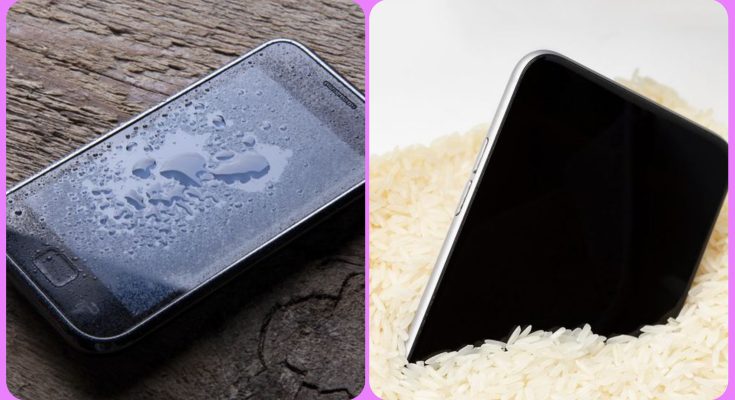Accidentally dropping your phone in water can be a stressful experience, but it doesn’t have to spell the end for your device. With quick action and the right steps, you can often save a wet phone from permanent damage. Here are five effective ways to repair a water-damaged phone.
1. Turn Off the Phone Immediately
The first and most crucial step is to turn off your phone as soon as it gets wet. Water and electricity don’t mix well, and keeping the phone on can cause a short circuit, leading to further damage. Resist the temptation to test if it’s still working—powering it down instantly increases the chances of saving it.
2. Remove the Battery and SIM Card
If your phone has a removable battery, take it out right away. This helps to cut off the power and prevents electrical damage. Additionally, remove the SIM card and any external storage, like an SD card. Pat these components dry with a clean, absorbent cloth and set them aside in a dry place.
3. Dry the Exterior and Ports
Use a lint-free cloth or paper towel to gently blot the exterior of the phone, paying special attention to the charging port, headphone jack, and any other openings. Avoid shaking the phone, as this can cause water to spread further inside. Instead, use a soft, dry cloth to absorb as much moisture as possible from the outside.
4. Use Silica Gel or Rice for Drying
After drying the exterior, it’s time to tackle the moisture inside the phone. Place the phone in a sealed bag or container filled with silica gel packets (often found in new shoe boxes or electronic packaging). Silica gel is highly effective at absorbing moisture. If silica gel isn’t available, uncooked rice can be used as an alternative, though it’s less efficient. Leave the phone in the drying agent for at least 24 to 48 hours.
5. Avoid Using Heat Sources
It may be tempting to use a hairdryer or place the phone near a heater, but this can actually do more harm than good. High temperatures can warp the internal components and melt adhesives. Instead, let the phone air dry in a well-ventilated area if you don’t have silica gel or rice on hand. Be patient—letting the phone dry naturally takes time, but it’s safer and more effective.
Bonus Tips:
- Don’t Charge the Phone Immediately: Once the phone appears dry, resist the urge to plug it in right away. Charging a wet phone can cause a short circuit. Wait until you’re certain it’s completely dry before attempting to power it on or charge it.
- Seek Professional Help if Needed: If your phone doesn’t turn on after drying out, or if you notice unusual behavior (like flickering screens or distorted sound), it’s best to consult a professional repair service. They can open the phone and assess the extent of the damage, possibly repairing or replacing affected components.
Conclusion
Water damage can be nerve-wracking, but with quick action and the right techniques, you can often repair a wet phone and restore it to working condition. Remember, the key is to act fast, stay calm, and follow these steps carefully. If in doubt, professional help is always an option to ensure your device is fully recovered.





